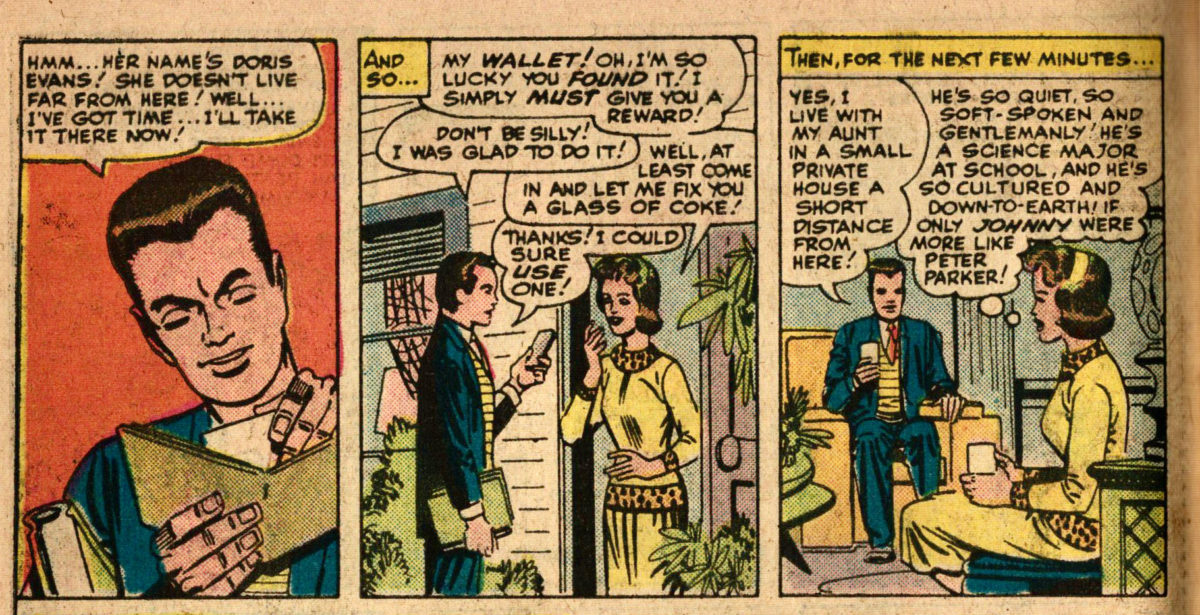Featuring: Fantastic Four
Release: July 2, 1963
Cover: 1963
25 cents <– whoa!
Written by: Stan Lee
Drawn by: Jack Kirby
Inking: Dick Ayers
37 pages
We just read no less than 5 Sub-Mariner stories from the ’40s and ’50s to have some context for this giant-sized Fantastic Four/Sub-Mariner epic we are about to read. At 37 pages, this is the longest story we have yet read. And at 25 cents, this and the Strange Tales annual are the most expensive comics we’ve come across by a factor of 2.
When Sub-Mariner returned in Fantastic Four #4, he learned that his kingdom had been destroyed and his people were missing. He’s been searching for them ever since. Until now.

Quite the opening couple pages. The bold imagination on display is Kirby at his best. But we haven’t seen that much of his true potential yet in these stories. He’s just been getting warmed up.


The Fantastic Four decide to take a vacation along with Alicia. Reed’s suggestion is to take a cruise to where some sea monsters have been sighted.
Continue reading “Fantastic Four Annual 1”




























